Acoustic fabric (silk)
35 € – 169 € +Vat
Our customers with an EU corporate tax number can buy tax-free!
Size: 140cm wide
In the case of a country outside the European Union, the buyer has to pay the customs charges on the parcels. The process and customs clearance is handled automatically by DHL Courier.
On weekdays between 07:00 and 15:10.
info@perfectacoustic.co.uk
- Free delivery to EU countries for orders over 200 € ! Free delivery to countries outside the EU for orders over 400 € !
- The production time for panels and carpets is 1 week, curtains 2 weeks.
Description
Countries within the EU: Our customers with an EU corporate tax number can buy tax-free!
Citizens of countries outside the EU that can buy without VAT: United Kingdom, Norway, Switzerland, Lichtenstein, San Marino have to pay customs duties according to their own country’s tariffs when receiving the product.
Order free curtain and fabric samples here.
Acoustic fabric:
Properties of acoustic silk:
- The acoustic silk is densely woven, yet it can transmit sounds over its surface and also has anti-dust properties.
- It is available in 15 colours, so everyone can find the right material for their home or studio.
- For those who want the acoustic elements to remain hidden in their studio (built into side walls, for example), an acoustic silk cover is also an excellent choice. Aesthetic and effective results can be achieved by using it.
- This fabric is characterized by abrasion resistance, high tensile strength, and lightweight.
- Resistant to heat protects acoustic elements from dust, and decorative, and hides the internal structure of audio devices.
- Its colour does not fade, and its material does not wear out after many years.
- If you have an older acoustic element in your home or studio that you want to renovate, refresh your exterior while also improving the surround sound — the best solution is acoustic silk cladding. After removing the old, worn, possibly torn silk cover, the new acoustic silk can be easily adjusted to size, stretched and glued to the frame, or a blanket can be pinned.
- Width: 140 cm, but can be ordered in any size or quantity. Please email us for individual orders!
- Easy to clean, can be wiped with a damp cloth.
- Upon request, we will send a sample of material, against postage: 3 EUR
- We can only send material samples in about 5x5cm pieces, in envelopes.
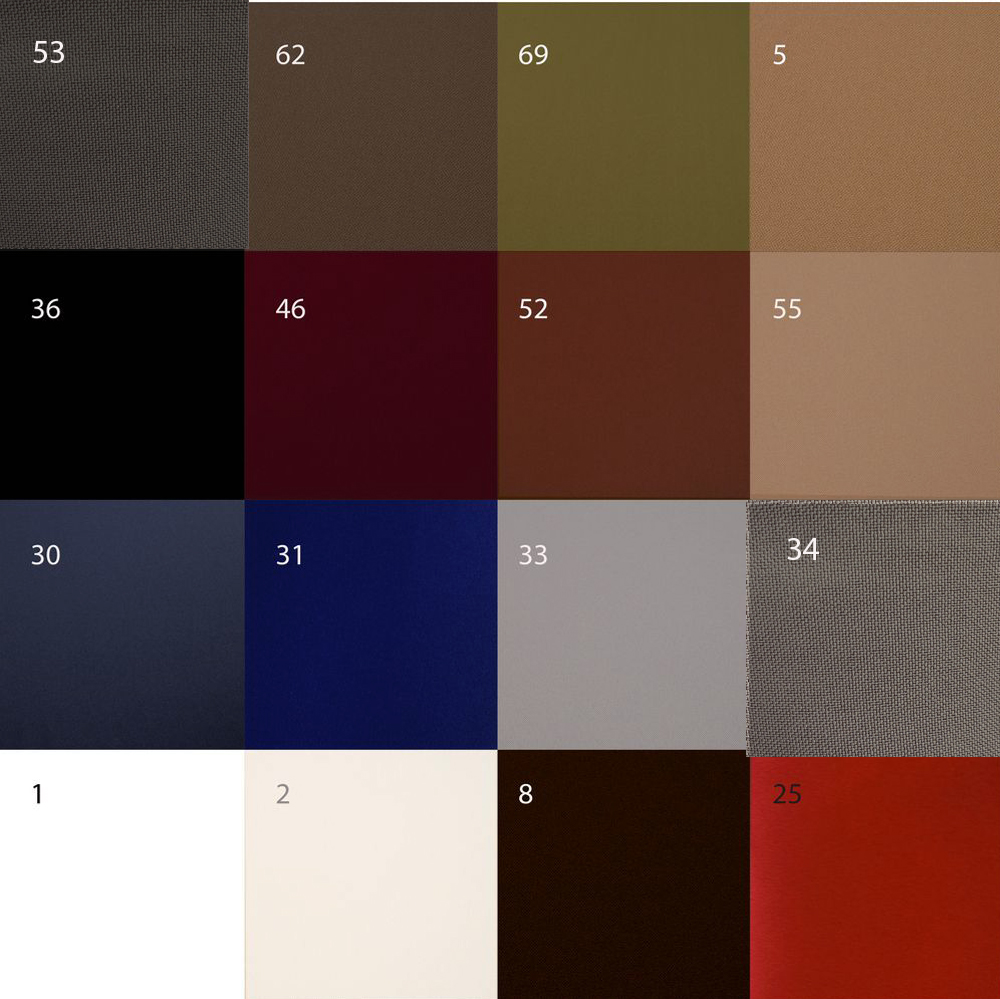
The main characteristics of acoustic materials are:
Based on what properties can a material receive an “acoustic” marker?
Acoustic materials can generally be used for 2 main purposes:
-Sound attenuation: to attenuate outside noise
-Sound absorption: to reduce the noise in the room, the excessive accumulation of sounds, the “own” sound of the room.
Due to the effective sound-absorbing properties of professional acoustic silk, its aesthetic and delicate feel, yet extremely resistant material, it is an excellent choice if we want to improve the acoustics of our studio and home theatre. If you do not want or do not have the opportunity to buy completely new acoustic equipment, acoustic silk, which can be ordered in several colours, is also a great solution for renovating old, used acoustic elements. If you want to hide your built-in acoustic elements aesthetically, this is easy to do with this beautiful, wear-resistant and anti-dust fabric.
In sound recording studios, perfect sound recording is unimaginable without flawless acoustics! The fabrics used in everyday life, due to their weaving and structure, are not able to attenuate sounds, only to a very small extent. They wear out, fade and tear sooner, unlike especially acoustic materials. In the case of textiles developed for acoustic purposes, it is important to emphasize the high tensile strength and the fact that its absorbency is very low so that it is not destroyed by moisture either. It is less flammable, so it can be used safely. It has anti-dust properties and is easy to keep clean. Flexible and easy to stretch, soft to the touch. A wide range of colours is available to our customers.
Many of Perfect Acoustic’s products are coated with acoustic silk (bass-absorbing membranes, acoustic elements, bass traps) and their high quality and efficiency have already been proven, as we regularly test our products. Available in any size and quantity. We deliver within 1-2 weeks from the order. The delivery is performed by the DHL courier company, in Hungary by the 24H delivery company. If you have any questions or concerns about silk placement, please email us! We are happy to help you with this too!
There are 4 ways to handle sounds and noises
By blocking the sounds, absorbing them for noise reduction, and improving the acoustics: during the absorption, the energy of the sounds is converted into heat, the reverberation time is reduced, and we can hear a clearer sound. By diffusion — by evenly dispersing the sounds as well, and isolation when we shut off the sound source itself
Professional acoustic equipment is required to create the perfect acoustics. Sound-absorbing, bass-trap elements and diffusers are designed and fabricated based on precise mathematical calculations. The structure of materials determines their sound absorption, noise reduction and diffuse abilities. Styrofoam and plastic sponges are not suitable for acoustic treatment of rooms. From an acoustic point of view, materials that have a high body density yet have a flexible, soft texture are ideal. Examples are certain hardwood (pine) materials and densely woven, special textiles such as silk acoustics. One of its essential properties is porosity so that the absorbed sound can move between open and connected pores that are permeable to airwaves. There is already a sound-absorbing brick, the hollow structure of which is filled with bonded sand, thus the sound absorption is ensured by the pore formation of the joints and the loose bond between the sand particles, and the sound energy is converted into heat energy. Noise reduction mats can already be found in the offers of several manufacturers, by covering the parquet or tiles we can significantly reduce reflections and reduce knocking noises. There is already a sound-absorbing brick, the hollow structure of which is filled with bonded sand, thus the sound absorption is ensured by the pore formation of the joints and the loose bond between the sand particles, and the sound energy is converted into heat energy. Noise reduction mats can already be found in the offers of several manufacturers, by covering the parquet or tiles we can significantly reduce reflections and reduce knocking noises. Glass surfaces, ie windows and patio doors, not only reflect light and sounds but with acoustic curtains, this problem can also be eliminated with special materials. Sound-insulating, sound-absorbing materials dampen knocking sounds. Their dense but perforated structure prevents the conduction of unwanted sounds.
Did you know that…?
-The absorption capacity of materials is expressed by the sound absorption value, which ranges from 0 (non-sound absorbing) to 1.0.
-Sound absorption and airborne sound insulation depend on the frequency.
-When sound waves collide with a surface, some of the energy of the sound is reflected, some is absorbed, and another part penetrates the surface.
-The reverberation time is the time required for the sound energy to decrease by 60 decibels from the moment the sound source is turned off. If the reverberation time is too long, background noise will be generated due to reflections. Too low or too high a reverberation time may cause an unpleasant sound.
A few words about silk
Silk is an important raw material for the textile industry. They began to be processed and utilized in ancient China. Hardly combustible, good thermal insulation, low absorbency material. Extremely flexible, stretchable, and less wrinkled. Delicate fabric with a pleasant touch.
Between sounds, noises
In modern architecture, concrete, brick, and glass are often used in the construction of the real estate. These flat, bare and hard building materials do not reduce noise at all, nor are they suitable for improving room acoustics. The sounds coming to their surface are reflected in a concentrated, one-way direction, degrading the quality of the material being listened to. A variety of home furnishings, furniture, and textiles help with room acoustics to some extent, but to achieve a truly enjoyable and harmonious sound, you need materials that have been developed specifically for acoustic purposes. Proper acoustics are the condition for us to enjoy our favourite music and movies to the maximum. By attenuating the unpleasant rattle echoes, standing waves, and evenly reflecting the sounds, we can get a pleasant, balanced sound. Our physical, mental and spiritual condition is also affected by sounds and noises coming from our environment. We strive to create a more pleasant, healthier and calmer environment, in our homes, offices and studios. Our mood and performance will improve, and the recorded audio will sound flawless wherever we listen to it!
Materials unsuitable for acoustic purposes
Styrofoam or polystyrene, also known by many, is a good thermal insulator, but that 
The sound insulation and sound absorption capacity of solid partitions are also affected by their weight. Heavier, heavier materials are less likely to be penetrated by sound. However, increasing the weight is not a good way to increase sound absorption. Effective sound-absorbing materials are hollow, lightweight and have a flexible structure. The higher the bulk density of a material, the better it’s sound absorption capacity. The main goal during sound absorption is to prevent multiple sound reflections. Fibrous or porous materials refract sound waves, thus preventing the propagation of unwanted sounds.
It is also not recommended to stack different materials on top of each other for sound insulation or sound absorption. For example, applying the tiles to the walls in several layers will not improve the surround sound. Be sure to use materials whose structure and density prevent the spread of unwanted sounds. Do not confuse thermal insulation properties with sound insulation and absorption! Only very few materials have both characteristics at the same time, so let’s go around these topics thoroughly, asking professionals before recklessly cutting into the heat and/or sound insulation of your home!
The effect of acoustics on customer habits
Shopping malls typically have glass and concrete surfaces in the vast majority. However, sound-absorbing materials are hardly found in these buildings. One study found that as a result of loud music playing in poor acoustic environments, shoppers buy faster and spend less money. Acoustic factors are not very much taken into account when designing and building public spaces. However, with the appropriate acoustic solutions in shopping malls and restaurants, they can alleviate the fatigue and displeasure of customers and guests, which can also increase the benefits for merchants and caterers.
Interesting facts
The human body is also capable of absorbing and reflecting sounds! Our body is approx. 80% of it consists of water and liquid, and water transmits sound waves excellently.
When networked, the structure of spider silk also has acoustic properties. While studying the microstructure of spider silk, researchers have discovered that silk produced by arthropods is capable of transmitting certain particles of sound. These are called phonons, i.e. quasi-particles. Phonon band gaps are those parts of silk that block certain frequencies of sound waves. This discovery could help in the future to shape the acoustic properties of man-made materials. You can even tune the materials to the right frequency! This would be a significant step forward in terms of heat and sound insulation as well as acoustics. Spider silk only transmits certain sounds from which spiders can get information, get information from their environment. The tighter a strand of spider silk, the more muted the sounds. SzG
This product is considered a custom-made product. The product is not in stock, it is made to order. Therefore, no modification or cancellation (withdrawal) of the order is possible after successful payment. The estimated/usual lead time is 2 weeks, but we will inform you of the expected completion date after the order has been placed.
Products can be manufactured with a tolerance of +-1cm.
There may be colour variations between 2 different orders, even if you ordered the same colour.
Additional information
| Weight | N/A |
|---|---|
| Color | 2, 25, 30, 31, 33, 35, 36, 46, 5, 52, 55, 62, 69, dark brown 8, white 1 |
| Size | 10m, 11m, 12, 13m, 14m, 15m, 3m, 4m, 5m, 6m, 7m, 8m, 9m |
Questions and answers of the customers
There are no questions yet. Be the first to ask a question about this product.

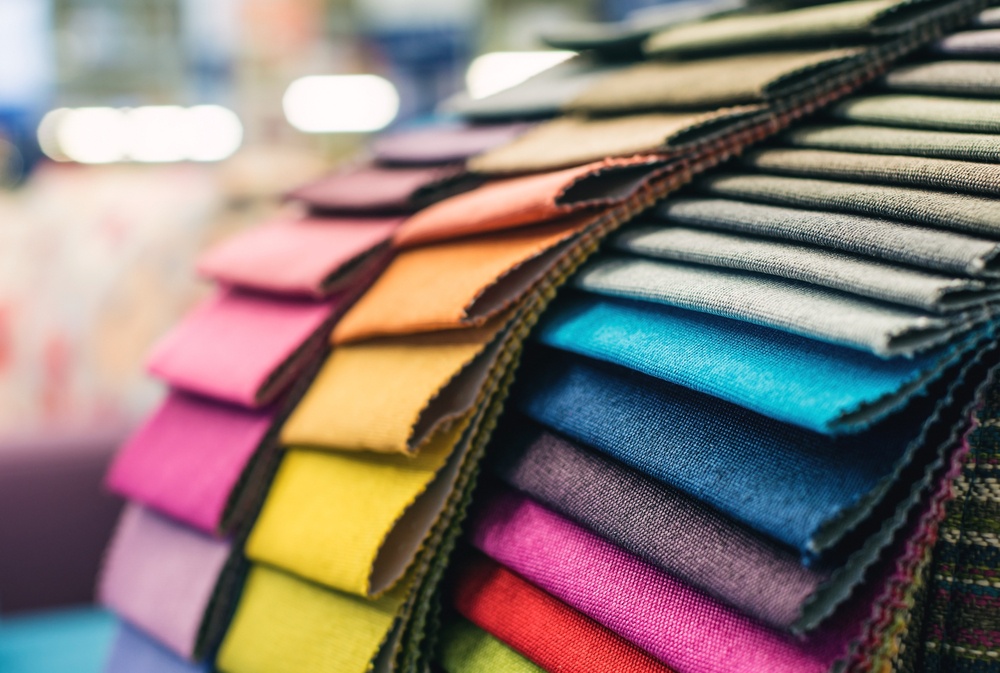
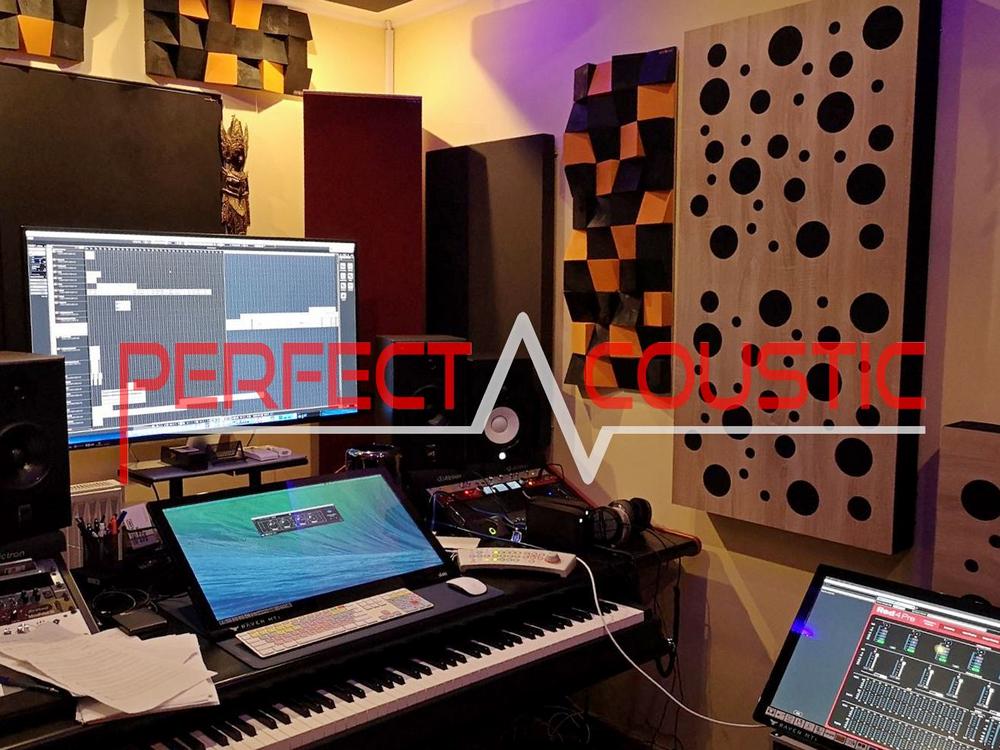
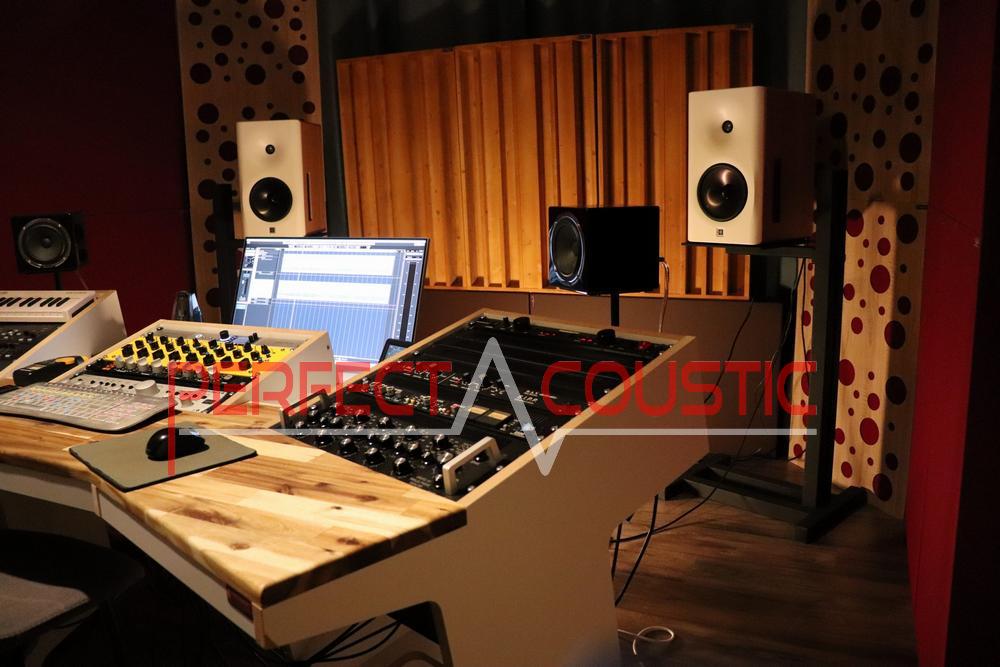
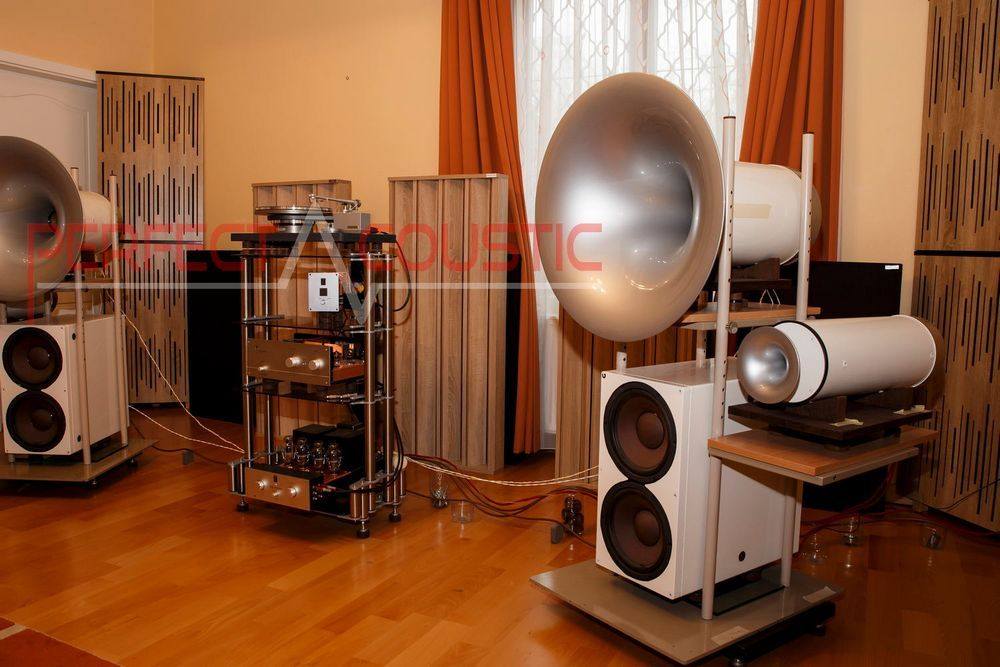
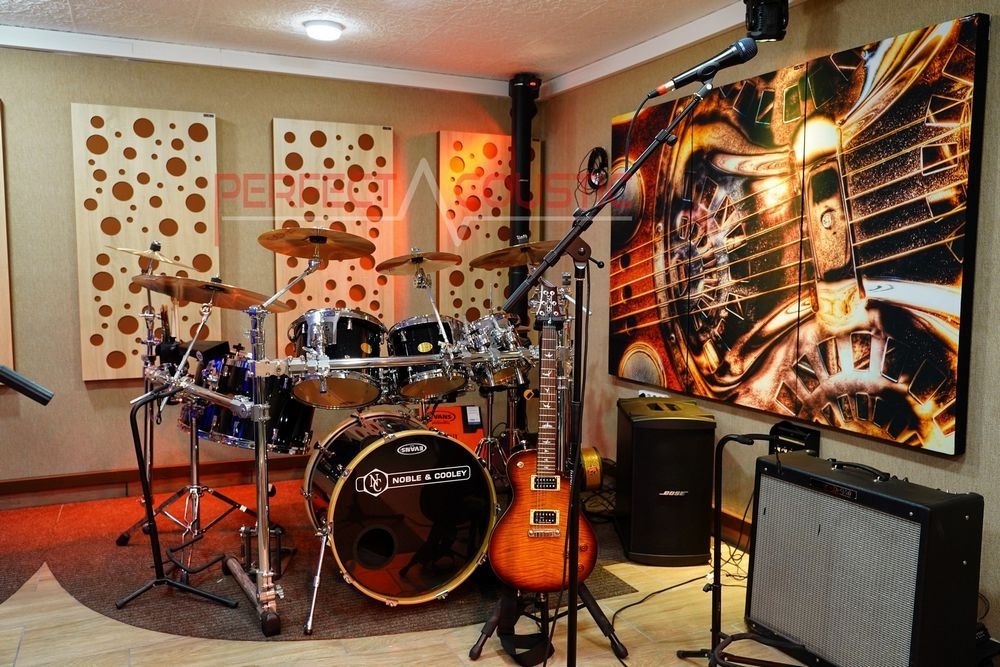

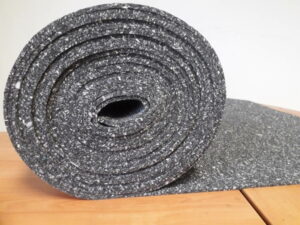
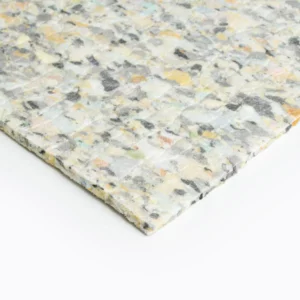
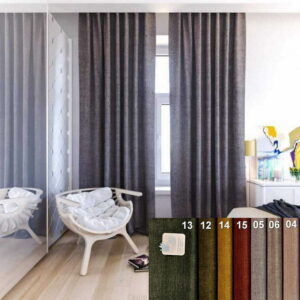
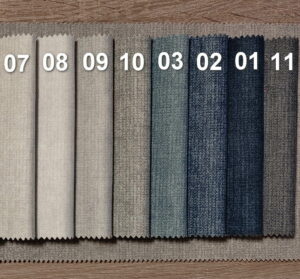
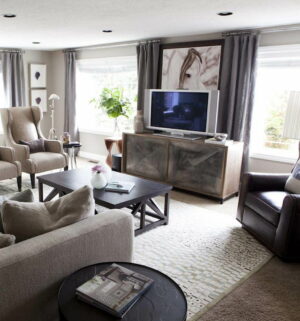
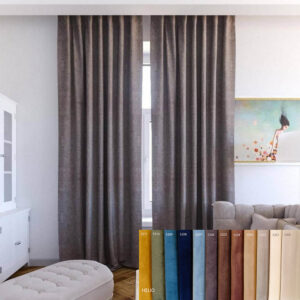
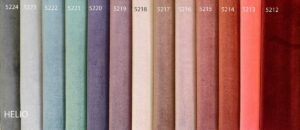

Reviews
There are no reviews yet.